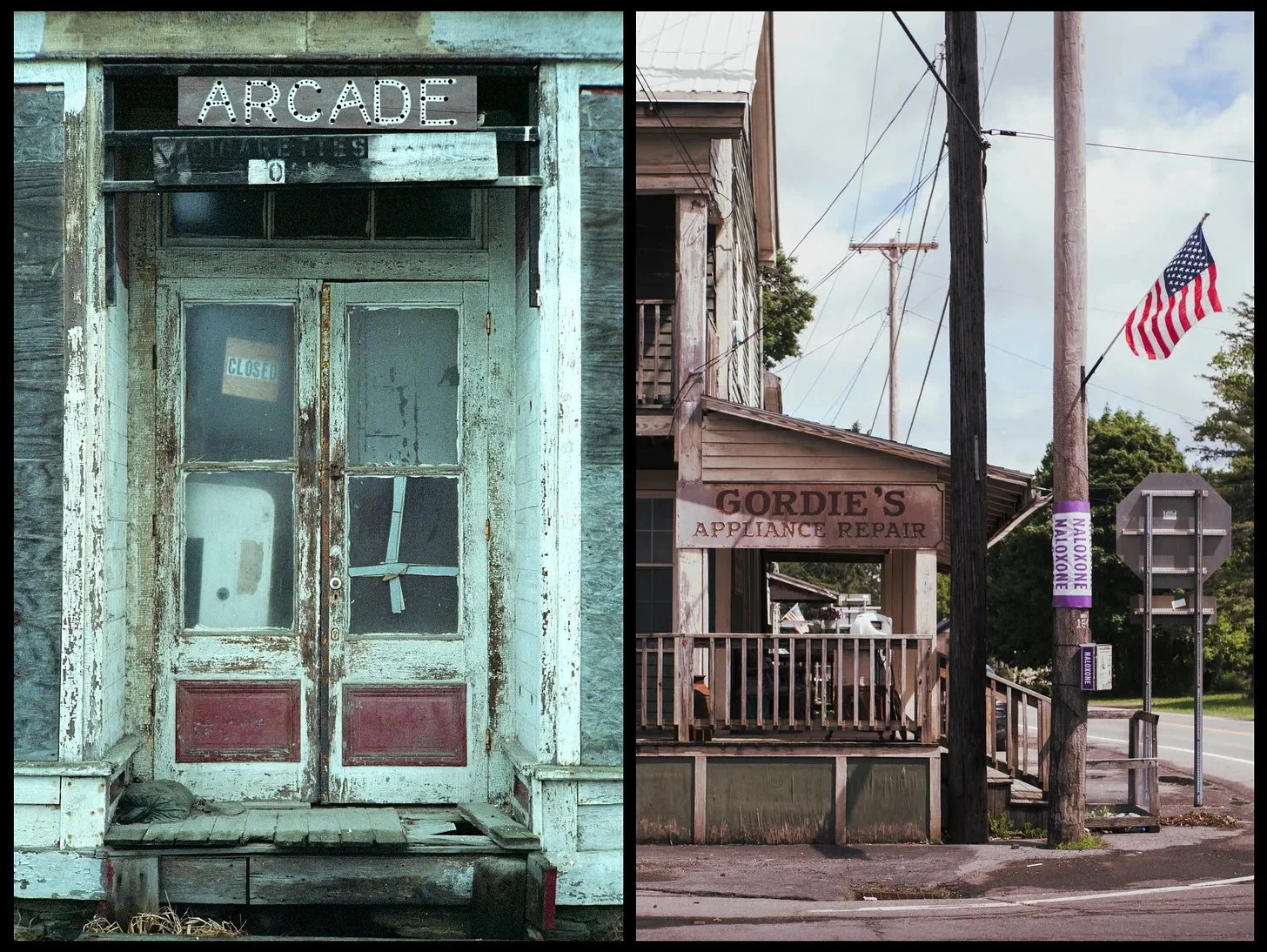Is Nostalgia Bad?
This past week I spoke with my friend Ed Skoog on our occasional podcast, Lunch Box, about nostalgia, and whether it is a force for good or ill in art. The latter, is of course the party line; the artist, at least in our latter-day western conception of the vocation, is supposed to shun the past and innovate, not look back fondly on what has come before. We associate nostalgia with sentimentality, naivety, weakness—a defensive longing for the past in the face of the the bleakness of the present. In our conversation, Ed points out that the concept of nostalgia—literally, homesicknes—began life as a medical condition, originally coined to describe the anxieties displayed by Swiss mercenaries fighting away from home.
In practice, though, we can’t help but look back fondly, and not just at the good times. Even the miseries of the past can take on a rosy glow, when they are the result of pain that has faded, problems that have been solved. I’ve been finding, lately, that my writing has leaned heavily into nostalgia as both a danger and a delight, perhaps because my personal life is repeating itself—I have a small child again, more than two decades since the last time, and my adult children are now the age I was when they were the age my youngest child is now. I’m less dwelling in the past than reliving it, and often feel, when my joints don’t ache so much, that I’m still the age I was the first time, that I’ll just keep cycling forever, in an endless loop.
My story “The Loop,” from Let Me Think, is probably the result of anticipatory joy and anxiety about living through parenthood again. In it, a woman lives the same day over and over again, infinitely, and reacts first with horror, then acceptance, then ecstasy. (It was actually Skoog who, in response to an early draft, told me to give the story a happy ending.) In a new story, yet unpublished, a man is drawn into his dying father’s past by a beloved toy.
Can we detach the aesthetics of the past from our sentimental recollections of them? May I claim that my love of midcentury design derives not from my grandparents’ apartment that was full of it, but from my own superior taste? I’ve written here before of my love for Fuji Pro800Z color film, which was discontinued fifteen years ago. Not only does its grain and color profile evoke photographs, thus memories, of my past—it reminds me of my own photographs taken with the film later, in the 2000s. Now I treat my digital photos with a custom preset meant to imitate not just the beloved film, but my own idiosyncratic method for developing it, back when I used to develop color film. Am I nostalgic for my childhood, or for my thirties? Or is the Pro800Z look just...specific to itself, not merely to its time of origin?
A real Pro800Z photo from more than a decade ago, and a simulated one from this past summer
Perhaps nostalgia is merely part of every artist’s personal style, and is inextricable from all our other influences. Perhaps it’s part of our job to keep these influences in balance, to prevent one from overwhelming the others. Like the two-wolves-inside-you meme, except a whole pack, and you have to feed them all.
Anyway, I’ve never been averse to sentimentality, and defend this position with a quote from Richard Hugo’s wonderful The Triggering Town. He identifies the literary aversion to sentiment as an overcorrection from the Victorians’ indulgence in it, and a mistake. If you are not risking sentimentality, he writes, you are not close to your inner self.
If that’s so, then nothing could be closer to my inner self than this track from the new record, a corny love song with a medical theme.
